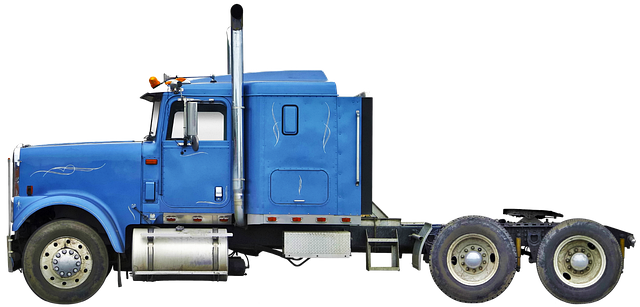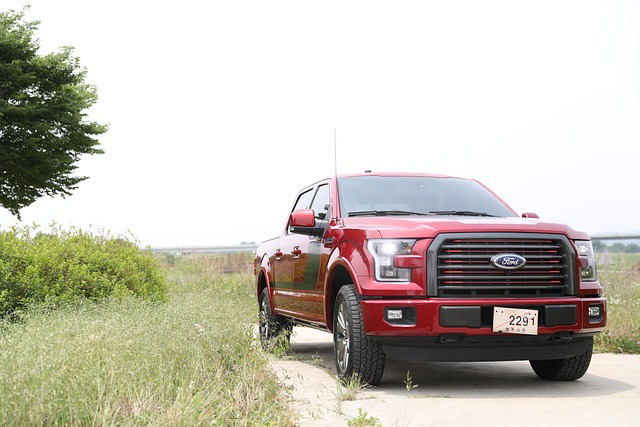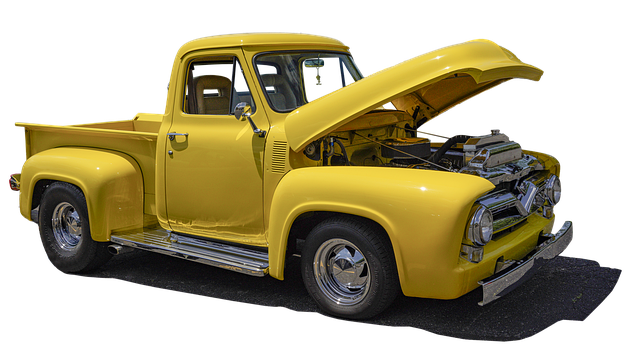Looking to register your car in California? This comprehensive guide will walk you through the process, ensuring a smooth experience. From understanding key requirements to gathering essential documents and completing the DMV VIN verification step-by-step, we’ve got you covered. By following these clear instructions, you’ll be on your way to receiving your vehicle registration certificate in no time.
- Understand California Car Registration Requirements
- Gather Necessary Documents for Registration
- Perform DMV VIN Verification Step-by-Step
- Submit Application and Pay Fees at DMV
- Receive Your Vehicle Registration Certificate
Understand California Car Registration Requirements

Before registering your car in California, it’s crucial to understand the state’s specific requirements. The California Department of Motor Vehicles (DMV) mandates several steps for car registration, including a thorough vehicle inspection and verification of the car’s identification number (VIN). This process ensures that all vehicles on California roads meet safety and environmental standards.
One key step involves a DMV VIN verification, which confirms the vehicle’s history and identity. Unlike traditional methods that may require you to visit a DMV office, a mobile vin verifier or mobile vin inspection service streamlines this process. These services offer convenient and efficient ways to complete your car registration by providing on-site or remote VIN verification, making it easier for California residents to meet these requirements promptly.
Gather Necessary Documents for Registration

Before heading to the California Department of Motor Vehicles (DMV), ensure you have all the required documents for a smooth registration process. The list includes your vehicle’s registration certificate from the previous state, proof of insurance, and a valid driver’s license or identification card. Additionally, you’ll need to provide proof of ownership, typically through a title document or a bill of sale. The DMV recommends conducting a DMV VIN verification using the Vehicle Identification Number (VIN) to ensure the vehicle’s history is clear.
A key step in preparing for registration is getting your vehicle inspected and ensuring its emissions are up to standard. For those who prefer a more convenient approach, consider a mobile VIN inspection or verification service, which can save you time by allowing a professional to handle these tasks at your location.
Perform DMV VIN Verification Step-by-Step

To initiate the DMV VIN verification process, gather your essential documents such as the vehicle’s registration certificate and proof of insurance. Next, visit the California DMV website to access their online services or head over to a local DMV office. Either way, you’ll need to provide your Vehicle Identification Number (VIN), which can typically be found on the vehicle’s frame or in its owner’s manual.
For a seamless vin inspection, follow these straightforward steps: first, enter your VIN into the designated field, then select the appropriate vehicle type from the dropdown menu. The system will subsequently cross-reference your data against their records. If your vehicle is eligible for registration, you’ll be guided through the remaining steps, which may involve setting up a payment method and scheduling an appointment for a license plate. Alternatively, opt for a mobile vin verification service to streamline the process from the convenience of your home or on-the-go.
Submit Application and Pay Fees at DMV

After gathering all the required documents, it’s time to submit your application and fees at the DMV. This crucial step involves filling out Form SM 4503, which is the Application for Title and Registration. Here, you’ll need to provide detailed information about your vehicle, including its make, model, year, and unique Vehicle Identification Number (VIN). Additionally, you’ll be responsible for paying the necessary fees, which cover the cost of registration and license plates.
Ensure that your VIN is accurately verified through a reliable method such as a mobile vin verifier or by conducting a physical inspection to check the VIN on critical components like the frame, engine, and body. This process helps ensure the vehicle’s identity and history, which is essential for legal and safety purposes. Once your application and fees are submitted, the DMV will review your information and issue the registration certificate, officially registering your car in California.
Receive Your Vehicle Registration Certificate

After completing the registration process, it’s time to receive your Vehicle Registration Certificate (VRC). This document is crucial for legal driving in California and can be obtained from the DMV or through an approved online service. Once submitted, the DMV will conduct a DVW (Department of Motor Vehicles) vin verification to ensure the vehicle’s identity and history match the provided information. This process includes cross-referencing the unique Vehicle Identification Number (VIN) with their records.
For convenience, many Californians opt for a mobile vin inspection or use a vin inspection service, which can expedite the registration process. These services often provide on-site or remote verifications, allowing you to have your vehicle’s information checked without visiting a DMV office. This is particularly beneficial for those with busy schedules or those who prefer a more streamlined registration experience.
Registering a car in California involves understanding state requirements, gathering essential documents, and completing a straightforward process at the Department of Motor Vehicles (DMV). After submitting your application and fees, you’ll receive your Vehicle Registration Certificate, ensuring your vehicle is legal to drive on California roads. Remember, proper registration is crucial for safety, vehicle protection, and compliance with local laws, so make sure to complete the process diligently and keep your paperwork up-to-date through regular DMV VIN verification.



